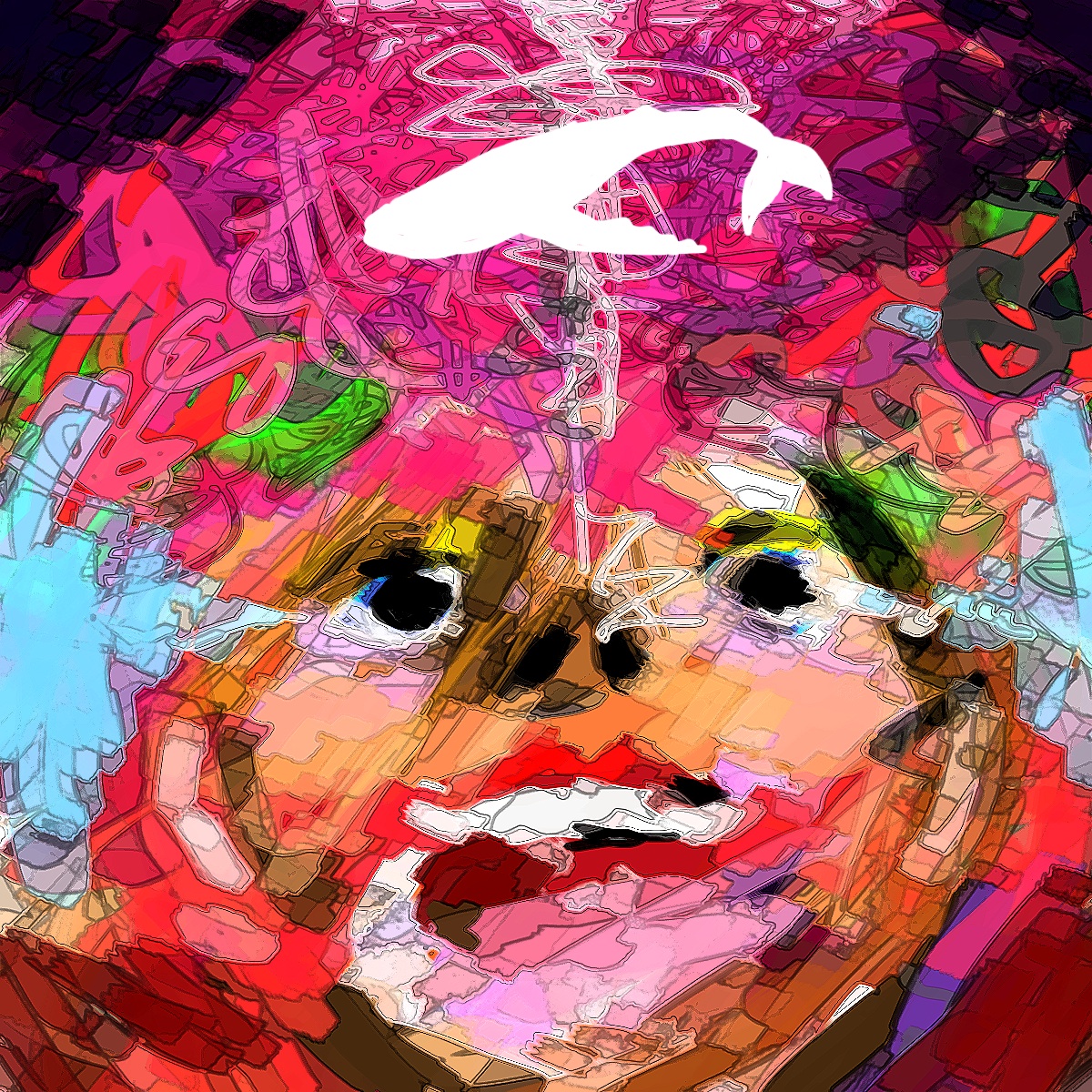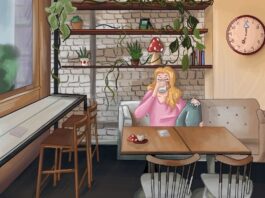Psychotropic drugs are substances that temporarily impair or alter one’s state of consciousness in a way the user would never otherwise experience.
These drugs, such as salvia, magic mushrooms, and LSD, are used as a tool for attaining a profound, sacred experience. Theyíve been endorsed by cultural icons such as Bob Dylan, Aldous Huxley, Steve Jobs, and Timothy Ferriss.
However, many students who’ve used psychotropic drugs have had varied experiences. The stigma surrounding them is why many individuals willing to speak about their experiences wish to remain anonymous.
One thing that separates hallucinogens from other more commonly abused drugs is that they don’t have the same addictive potential, said Kim Hellemans, a Carleton psychology professor and expert on addiction.
Psychotropics can actually be used to treat addictions, typically rousing an increased self-awareness within the user, she explained.
Salvia
Salvia, which is typically smoked, is legal. It produces powerful hallucinations that last a few minutes.
Salvia is part of the mint family. It produces visual, and occasional, auditory hallucinations, Hellemans said. Like opiates, it works by affecting endorphins.
But the side effects of the drug can be severe. The trips are often trance-like and unpleasant and while on the drug, there’s an increased risk of suicide, she said.
“The appeal of it, at the time, for me, was that the high didn’t last a long time . . . 10, 15 minutes, and a 30-minute headache to follow,” said one Carleton student who wished to remain anonymous.
“Those 10-15 minutes are very intense though, usually. I would get completely immersed in the hallucinations it caused.”
Salvia takes effect immediately, which makes it hard for the user to process what’s happening, he said.
Salvia trips can leave users feeling dizzy and nauseous, according to Erowid, an online library that provides information about psychoactive plants and chemicals.
“I was both terrified and enthralled,” he continued. “The first time the drug made me forget who I was. That was a very new feeling, for me. It’s difficult to stand, much less walk, and quite often I would laugh so hard I’d drool all over myself. Physically, it feels quite unpleasant, sort of like someone repeatedly tapping a hammer against [your] forehead.”
Magic mushrooms
Psilocybin, more commonly referred to as magic mushrooms, works by changing serotonin levels in the brain.
While researchers are still studying the effects of this drug, there’s evidence that magic mushrooms could lead to chromosome damage, said Hellemans.
There are more than 180 species of mushrooms around the world that contain the psychoactive ingredient, according to Erowid.
Users will typically eat between two and four grams of dried mushrooms, depending on the user’s tolerance, comfort level, and the strength of the mushrooms.
Once eaten, the mushrooms take between 30 and 60 minutes to kick in. At this point, the individual will likely experience enhanced senses, such as sensitivity to sounds and visual hallucinations, according to Erowid.
The effects of the drug vary, depending on who uses them and the trips are always different.
Many mushroom users often experience euphoria, although some encounter fear or depression. Often times, one’s mood can change from euphoric to concerned or depressed, all over the course of a single mushroom trip, according to Erowid.
Mushrooms used in a familiar, controlled setting tend to be largely beneficial for the users and have been known to bring about spiritual epiphanies, according to magic-mushrooms.net.
In his self-help book, The 4-Hour Workweek, Ferriss claims mushroom use enabled him to “peel back the veil.”
“I’ve been able to strip away all of the unnecessary bullshit complications that I layer on top of issues that, at their core, are very simple,” he wrote.
However, a third-year Carleton art history student labelled mushrooms as “a great way to realize how insignificant you are in the world amongst everyone else.”
LSD
LSD, or Lysergic acid diethylamide, was discovered by Albert Hoffman in 1938 and came into the public spotlight during the 1960s.
LSD enhances the senses by affecting serotonin levels, but the effects are often more dramatic and pronounced than those produced by magic mushrooms.
This drug is particularly unpredictable as it’s manufactured in labs and it’s challenging to measure doses out properly, Hellemans said.
The user may experience increased self-awareness and epiphanies, or a bad trip and flashbacks, she said.
“I’ve only had one real acid trip, but it had some really positive messages, amongst the insane spiral of hallucinations. Those positive revelations came mostly at the start of my trip. As the drug took hold and peaked I completely lost my shit, blacked out for at least an hour, and damaged some furniture,” said a third-year Carleton engineering student.
LSD causes similar visuals to magic mushrooms, but they are stronger and more dynamic, the student said.
“Knowing afterwards that I’d completely lost touch with myself for a time wasnít a pleasant thing to discover, but the insights I gleaned and creative material the experience provided still seem worth it to me,” he said.
In the end, it really depends on the user, Hellemans said. Everyone will react differently and unpredictably to these drugs, she added.
“Our expectations and emotions can influence the course of a trip,” she said. “[Psychotropic drugs are] certainly not as harmful as some other drugs but ultimately, they do have negative consequences associated with their use.”




